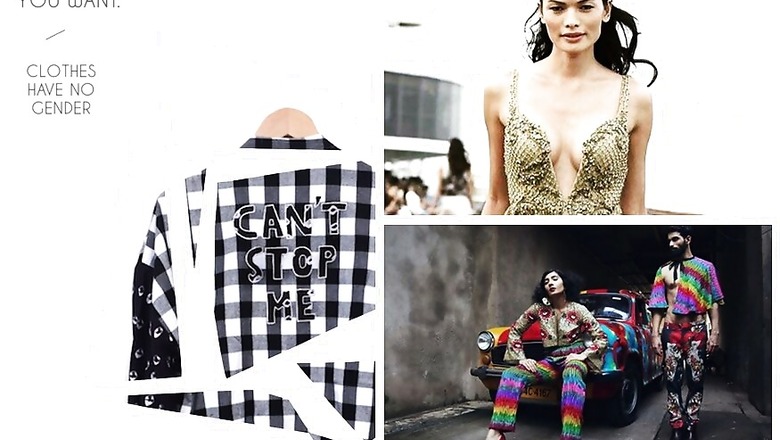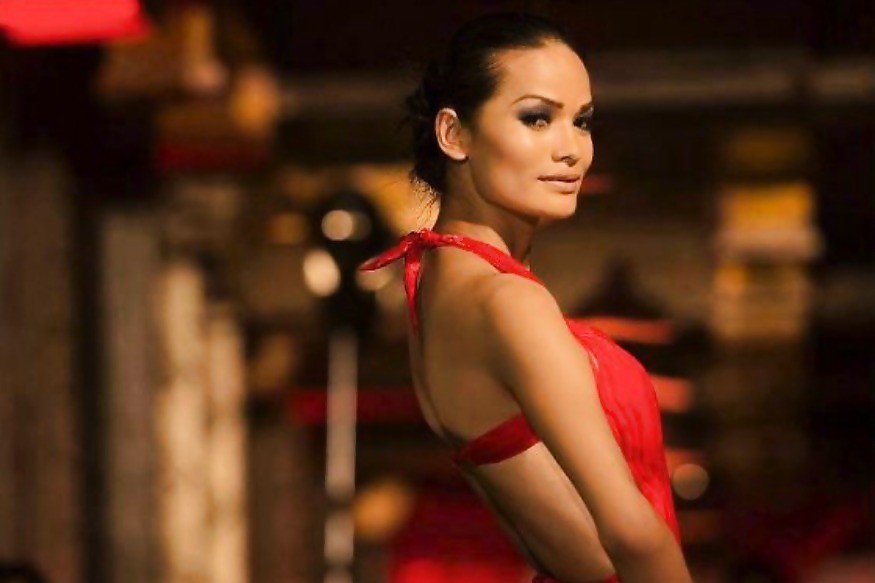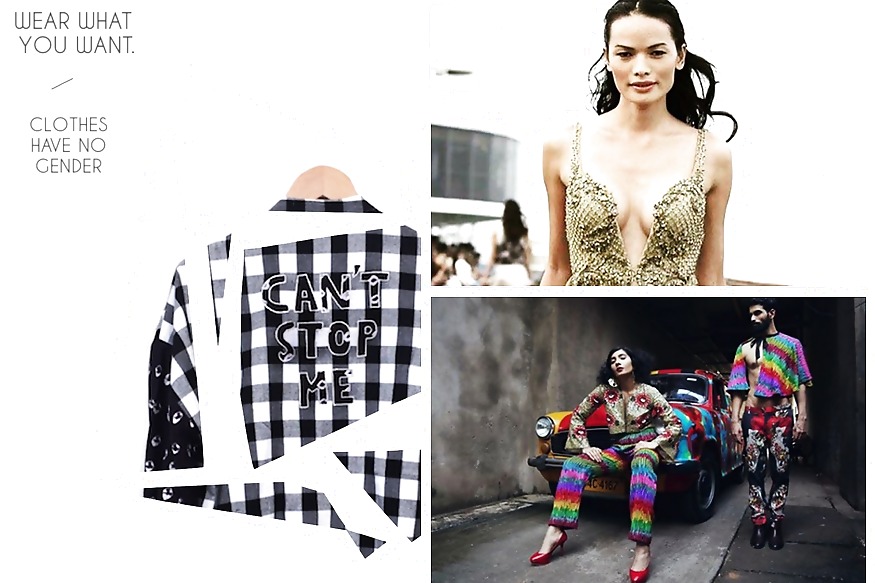
views
When in 2017, a model Anjali Lama, was set to be the first-ever transgender model to walk the ramp in India, the social media was ablaze with the news. A year after her debut in the fashion world, Lama looks back and calls her journey a roller-coaster ride.
"My journey till now has been a complete roller coaster ride. After getting the opportunity to walk at Lakme Fashion Week Summer/Resort 2017, I witnessed a drastic change in my career. From receiving opportunities to feature in magazine covers to editorials, I got the once in a lifetime opportunity to be in the limelight," she says in an interaction with News18.com. She credits the platform for pushing the boundaries towards gender neutrality and believes that all of this has made her more self-confident. "I think my journey with LFW has made me more strong and confident as a person and, I have witnessed more social acceptance than before. I really want to thank them for giving me such a break and ignoring the stereotype."
Lama also believes that it's high time and the society should "break the old norms and accept gender equal fashion in India." Being present at the Lakme Fashion Week's Queer Fashion Show held in Mumbai as a panel member, Lama attributes her progress to her confidence, persistence, and resilience. "If you are confident enough to accept yourself the way you are, keeping away all your insecurities then I don’t think anything in this world can ever stop you from being what you want to be."

Meanwhile, several designers presented their gender fluid collections at the event with the aim of exploring queer aesthetics in fashion. Ayushman Mitra of Bobo Calcutta, however, hesitates to say fashion and instead prefers talking about a certain kind of self-fashioning including clothing, accessories, make-up, and hairstyle when it comes to acceptance of one's identity. "The platform of fashion, much like the platform of art, provides designers with the ability to send progressive, encouraging messages using the excellent tools and technologies the industry provides," he says.
Mitra also shares that the gender fluidity in fabrics and style is only a start as it brings to a discussion on what queer aesthetics actually mean. "Is a queer aesthetic only about gender? Sexuality? Both? Is it only for queer people, or could it be for everybody? What is important is that the idea of queer aesthetics opens a space for the not-so-normal, or for what is perceived as the deviant. Messing through fabrics and styles with what we think of as the normal creates uncertainty, from which we can image better futures," he says. He further highlights that even though the change in aesthetic vocabularies is a new wave in our nation, it isn't the case otherwise. "When Coco Chanel brought out straight, fitted, comfortable silhouettes for women in the early twentieth century, she created massive outrage in certain social circles! Wasn’t that a queer aesthetic in times when women wore tight corsets and ornamental dresses?"

Resham Karamchandani and Sanya Suri's label The Pot Plant is another one at the fore of bringing the much-needed discussion of substance with fashion. "Fashion is one of the most important ways that help you break free of the stereotypes and voice your opinions. When you dress how you want you to, you take control of your life and of who you are and how you choose to express yourself," shares Resham, adding, "Being comfortable in what you wear is the first step to acknowledging and accepting your inner self and choosing to let others see you the way you want to be seen." She believes that the issue of queer aesthetics is vast and it has been pushed under the rug for far too long. "There must be lectures, parades, art, design and everything else that we can think of to put this point across."
Both are also firm believers in the fact that there's been a paradigm shift in the way people are now accepting fluid aesthetics but there's still a long way to go. "While there is more acceptance for drape silhouettes and to an extent woman wearing menswear silhouettes, I think we still must reach amount where men in dresses and women in 'traditional' menswear silhouettes are accepted."
Queer fashion might just be a trend so far, but the continuation of such initiatives and contributions from the fashion connoisseurs will soon turn it into a movement, perhaps just like it did in the West. Mitra sums up the idea of queer fashion in today's time with a line, "Queer art is a small part of a liberation that seeks the freedom of love."


















Comments
0 comment